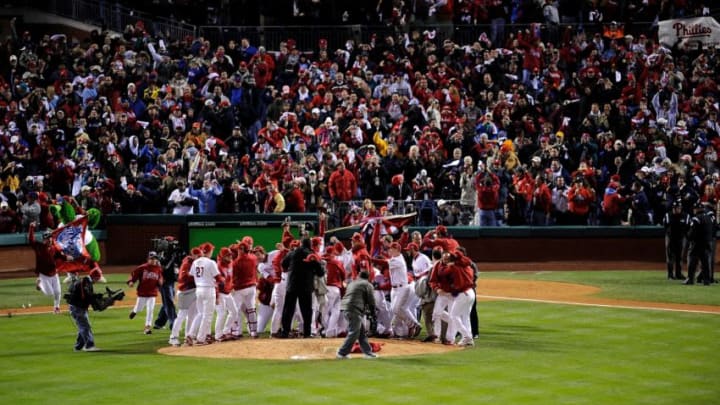
Where this trade sits in the rankings will draw great scruitany given what Matt Stairs did against the Dodgers. The folklore and nostalgia is great, but in reality he hit one big home run in the playoffs. His whole body of work isn’t comparable to others on the team.
Saying that, Stairs was a much-needed addition to the bench as a power bat with little defensive production. Stairs was a classic designated hitter for the Blue Jays, and there’s a reason he’s in the Canadian Baseball Hall of Fame and the all-time pinch-hit home run leader.
Castro was acquired from Texas in exchange for Haigwood from the Thome deal. After pitching 26 games with the Phillies, the Dominican native never appeared in the majors again.
Stairs “ripping one into the night” was perhaps the second most-memorable highlight of the season, but his overall affect on the team has bery little reach. Terrific trade, just not a top-five move that won it all.
